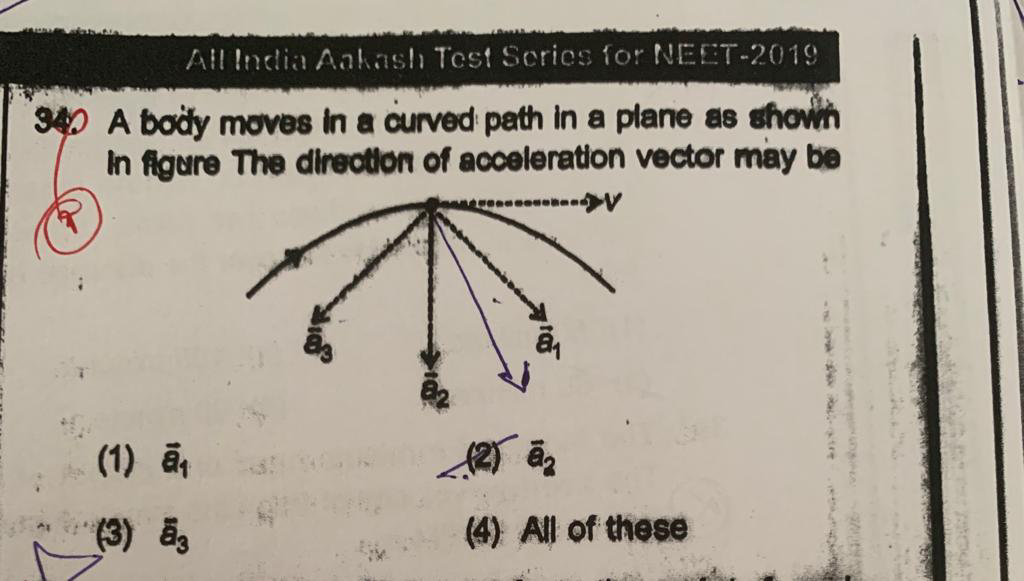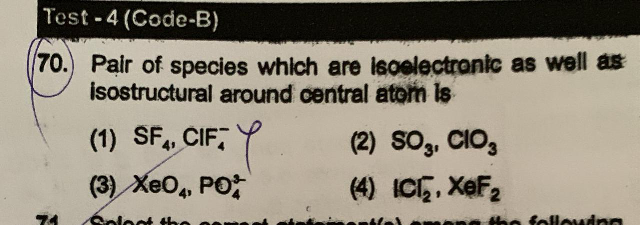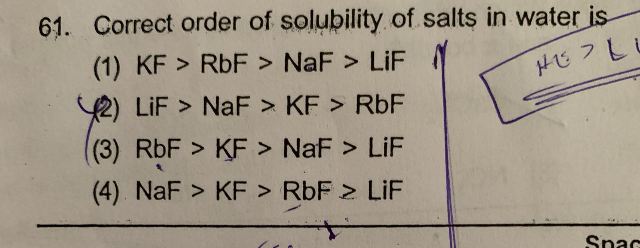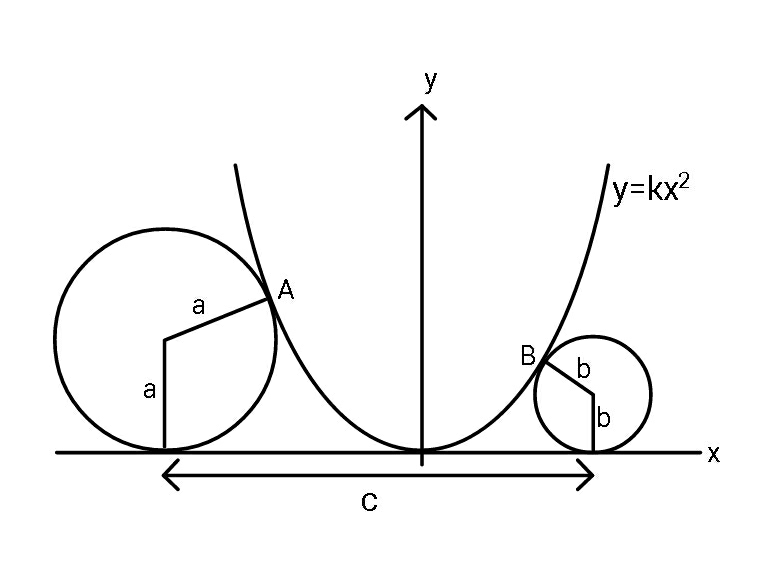
AllQuestion and Answers: Page 1409
Question Number 71049 Answers: 0 Comments: 2

Question Number 71047 Answers: 0 Comments: 1

Question Number 71046 Answers: 0 Comments: 1

Question Number 71045 Answers: 0 Comments: 1

Question Number 71034 Answers: 0 Comments: 6

Question Number 71016 Answers: 2 Comments: 0
Question Number 71014 Answers: 0 Comments: 0
Question Number 71000 Answers: 0 Comments: 1
Question Number 70997 Answers: 1 Comments: 0

Question Number 70996 Answers: 0 Comments: 2

Question Number 70980 Answers: 0 Comments: 0
Question Number 70974 Answers: 0 Comments: 1
Question Number 70969 Answers: 1 Comments: 0

Question Number 70949 Answers: 1 Comments: 3

Question Number 70920 Answers: 1 Comments: 2
Question Number 70915 Answers: 1 Comments: 1

Question Number 70914 Answers: 2 Comments: 3
Question Number 70917 Answers: 1 Comments: 3
Question Number 70909 Answers: 1 Comments: 2

Question Number 70913 Answers: 1 Comments: 4

Question Number 70898 Answers: 2 Comments: 0
Question Number 70891 Answers: 0 Comments: 2
Question Number 70885 Answers: 1 Comments: 0
Question Number 70876 Answers: 0 Comments: 0
Question Number 70874 Answers: 2 Comments: 0
Question Number 70873 Answers: 1 Comments: 0
Pg 1404 Pg 1405 Pg 1406 Pg 1407 Pg 1408 Pg 1409 Pg 1410 Pg 1411 Pg 1412 Pg 1413
